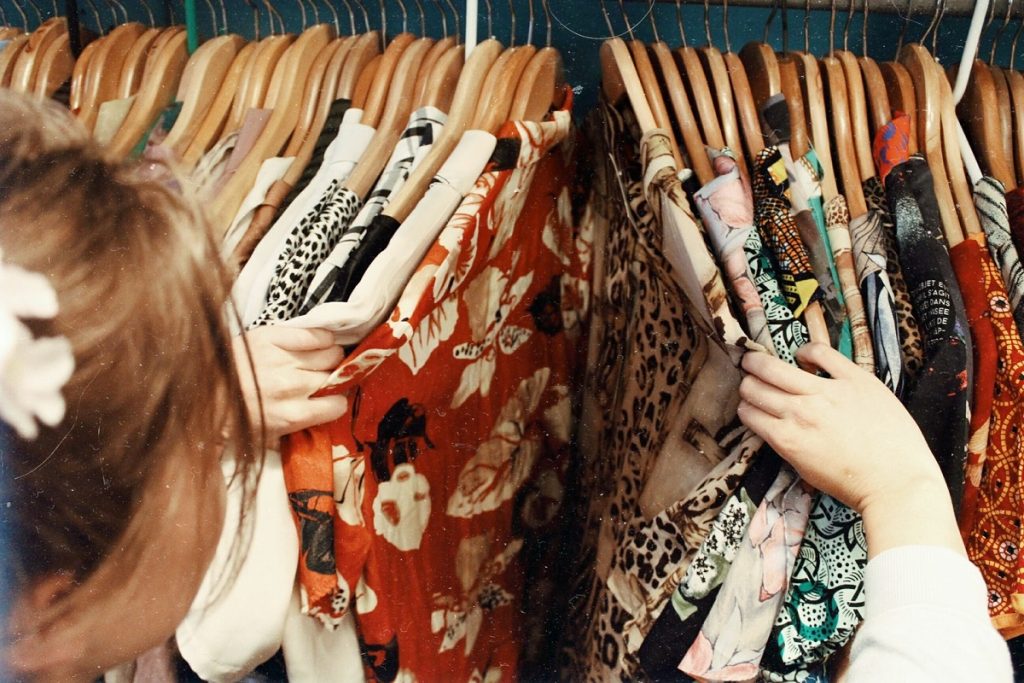Fast fashion brands are still alive, but not by a lot. Last year, Forever 21 filed for bankruptcy, closing several stores around the world by the end of 2019. This led to the exposure of the dark side of fast fashion, with its underpaid labor from overseas factory workers and environmentally damaging choices.
As such, a new growing trend in fashion is rising for the everyday consumer: sustainable, eco-conscious fashion. Here’s what you need to know about this budding trend.
The Rise of Sustainable Fashion
More consumers started looking towards sustainable fashion in 2018. During that year, it was announced that the world had around 12 years left to reduce climate change drastically before the Earth reached a point of no return in the disastrous effects of climate change.
Since then consumer habits have changed towards products and services that provided zero waste, sustainability, and eco-friendly options. That was the year that zero waste stores, metal straws, and (of course) sustainable fashion trends rose.

In a 2018 survey, almost half of U.S. consumers say that they are willing to change their consumption habits to reduce their impact on the environment. This has led to a boom in sustainable fast-moving goods in 2018, generating $128.5 billion in sales. Sustainable fashion, on the other hand, have risen in sales by 20%. By 2021, its expected that the number of shoppers with sustainability in mind will increase and raise this to $150 billion.
Shopping from Thrift Stores
Aside from buying new clothes made from sustainable fashion, another trend is people buying second-hand clothes from thrift stores or consignment stores. While these stores have been around for decades, millennials are now looking at it as a sustainable way of buying clothes for less.
Around 37% more milennials and 46% more Gen Zs have begun buying second-hand fashion from 2017 to 2019. You’ll find plenty of clothes in consignment stores that are either in good or used condition.
While some people think that thrift stores only carry clothes in outdated styles or are in poor conditions, you might be surprised to find what you can find. A survey of 3,000 women found that 20% of their clothes found int heir closet have never been worn. Because of this, you’re likely to find pieces in the second-hand market that actually look as good as new.
Quality Is Key

There are two perspectives in terms of sustainable fashion. One involves the responsibility of brands to create sustainable and eco-friendly fashion. The other involves the consumer making eco-friendly choices. While consumers can only protest against environmentally-harmful fashion brands, consumers can be eco-friendly with the choices they make.
The most effective solution for consumers, aside from buying second-hand or clothing made from recycled fabrics, is to choose quality. Fast fashion brands are hurting the environment because their a lot of their clothes are made with poor quality materials. As a result, these clothes can be ruined faster, thus disposed of quicker in favor of newer clothes.
And given that there are still millions of Americans that support fast fashion, that’s a lot of ruined clothes that make its way into landfills.
We are still a long way from sustainable fashion making a huge bump in the fashion industry’s waste. But if we all improved our shopping choices and kept sustainability in mind, we can reduce the amount of waste we produce from our fashion choices.

